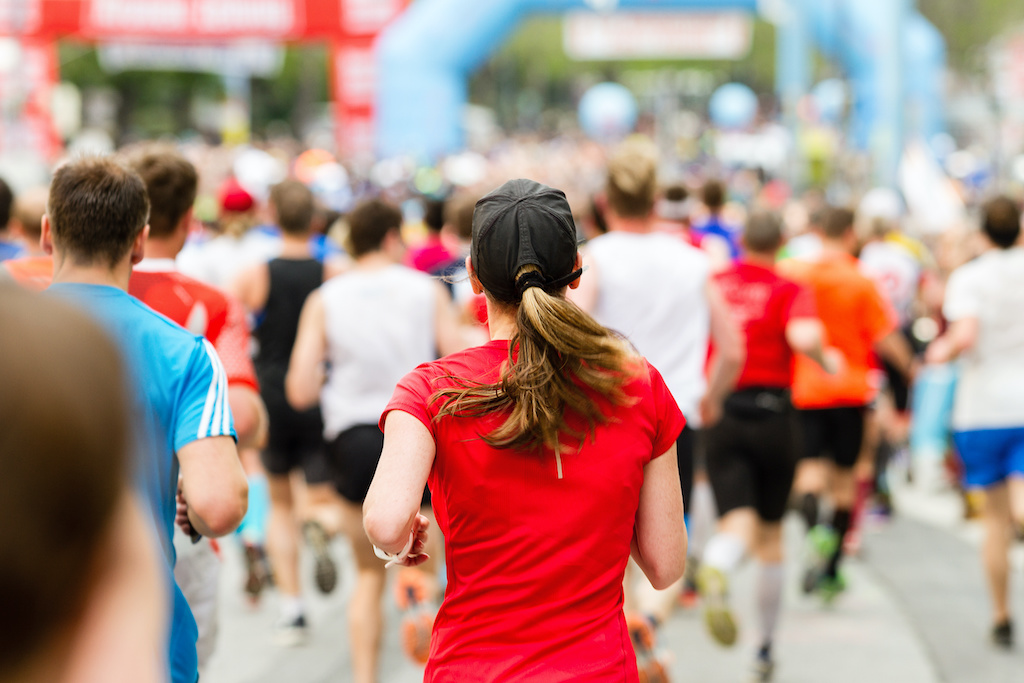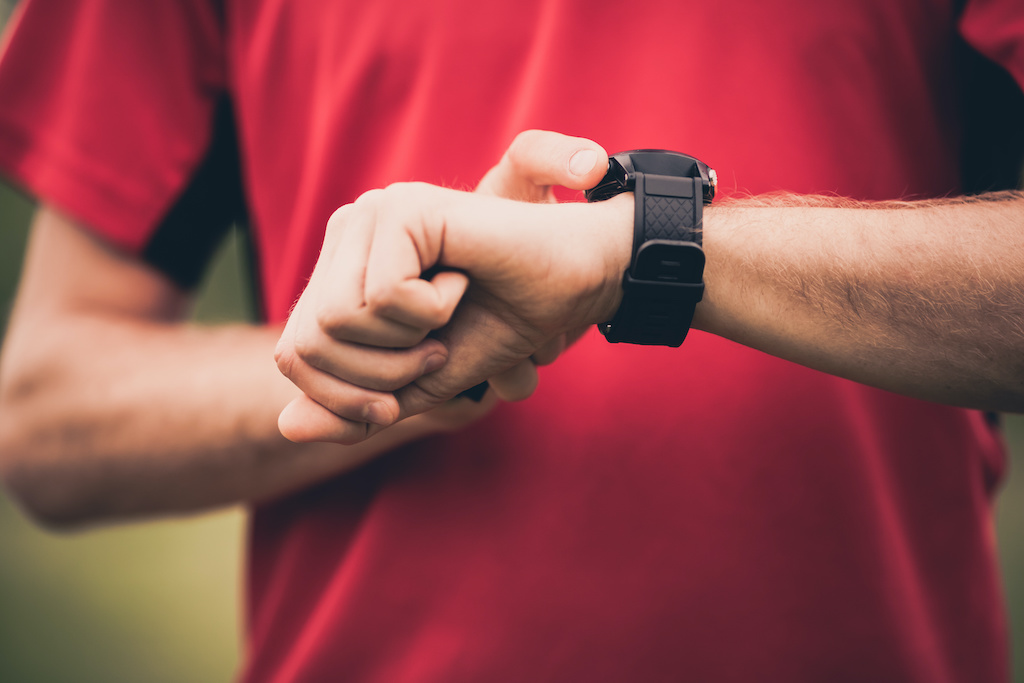Are you planning to participate in your first marathon? From equipment to nutrition to a personalised training plan, nothing should be left to chance. Follow our advice to put all the luck on your side and prepare for a marathon in 6 months.
How should you prepare for your first marathon?

To make sure you succeed in your first marathon, find out about the different races: Season, weather conditions, type of terrain, cost of travel and other details. Select a beginner’s marathon without too many difficulties, ideally close to where you live to make organisation easier. Take into account your fitness level and plan at least 6 months of preparation.
5 tips to reach your goal
During a first marathon, the goal is to finish the race: The next races will give you the opportunity to improve your finish time. To take up the challenge with honours, these tips may be useful to you:
- Take stock of your running pace to set consistent goals over a long distance.
- Plan progressive training with 3 sessions per week, starting with distances done in previous races (10 km, 20 km and so on)
- Prepare for the marathon by adopting a sports nutrition plan adapted to your objectives, rest days and a regular sleep rhythm.
- Get used to drinking every 20 minutes and consider taking refreshment after every 40 minutes of running.
- Diversify your training: In addition to running, plan other cardio activities or muscle strengthening exercises.
5 mistakes to avoid during the preparation for your marathon
Save time and optimise your training by avoiding these 5 classic mistakes when preparing for your marathon:
- Registering too early for a first marathon: Taking part in a marathon requires that you have been running for at least 1 or 2 years and have already tried 15 km races or a half marathon.
- Arriving at the starting point at the last moment: Learn about timetables, how to get your race number, feed zones, etc. On the day of the marathon, the area will be very busy: Remove a source of stress by getting organised.
- Wanting to start too fast: Take care of your pace so you can hold out for the duration. Don’t let yourself be influenced by the rhythm of the other runners.
- Trying new things on the day of the marathon: Test your equipment beforehand, as well as the drinks and snacks you will be using on the day of the marathon.
- Putting the pressure on: Most of all you should enjoy yourself! Succeeding in your first marathon is your final goal and no doubt you will succeed, but your progress, experiencing the excitement of the moment and taking part in the race are all already a victory!
Choosing the right equipment for training and competition

The first step towards the success of your marathon, choosing the right equipment is essential:
- Running shoes: Select them according to the terrain, taking into account your body shape and your type of stride. For more information, you can consult our article on this subject. Test the shoes that will be used during the marathon outdoors several times in advance. For your indoor training, you should wear a different pair of shoes.
- Comfortable and breathable garments that are adapted to the climate and the season of the event (avoid cotton, which retains perspiration). Plan several outfits to train in all seasons.
- A smart watch or wristband to monitor your heart rate and view your progress.
- A drink bottle specially designed for running to keep you hydrated throughout the workout.
- A running machine so you can train without limits whatever the weather and the time you have, follow specific programmes for the preparation of a marathon and test the course of your marathon in virtual reality, thanks to Google Maps.
Create a training plan for a marathon over 6 months

To create a 6-month training plan for your first marathon, start with data you already know: Maximum heart rate, anaerobic threshold, times achieved in previous races, etc. Program 3 training sessions per week, one of which can be dedicated to an activity other than running. Intersperse a rest day between each of your sessions so you can recover well. Training for a marathon generally includes 2 types of sessions:
- Long runs at a moderate speed to work out your breathing and endurance. Alternate walking and running if necessary during the first sessions. Gradually increase the distance covered.
- Split sessions, with runs at high cardio intensity interspersed with recovery periods to develop your cardio respiratory capacities and work on technical points.
In the week before the marathon, reduce the amount of training and rest.
To optimise your preparation for the marathon, why not try out iFit® coaching? With a virtual coaching application coupled with your fitness equipment, you can train with the same conditions as on the road. iFit® virtual reality solutions are compatible with Google Maps: You can set the course of your marathon, so your running machine adapts to your speed and the inclination of the road.
With 6 months’ preparation worthy of an athlete, your first marathon will be unforgettable!
Check out our Fitness & Training page for more advice.
